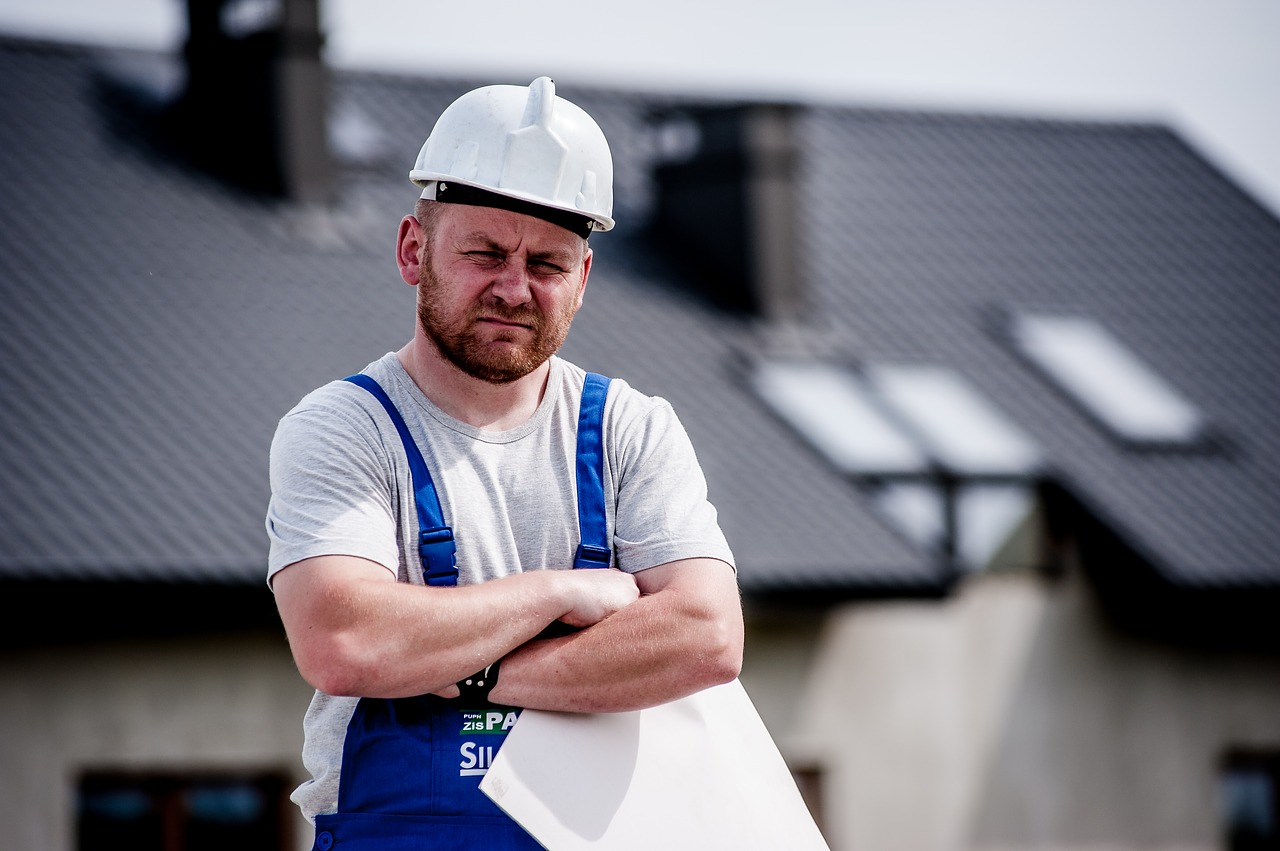Converting your unutilized attic into a functional living area will increase the value of your house and give you more space for your expanding demands. However, proper planning is necessary for a successful loft conversion. This article helps you avoid common problems and guarantees a seamless job from start to end by outlining five essential things to think about before starting your loft conversion adventure.
Assess Your Loft’s Suitability
Before you even think about how to design or improve your loft, you have to know first if your loft can truly be converted. The floor area, ceiling height and roof structure are all relevant. Most lofts will also require a minimum of 2.2 meters from the floor to the ceiling at the highest point to provide a pleasant living space. Since usable areas typically need at least 5.5 metres in length and breadth, measure the actual floor space you have available with precision. Take a look at the structure of your roof. Trussed roofs will need more structural work, but normal frame roofs are easier to adapt to.
Understand Planning Permissions and Building Regulations
Official planning clearance is not required for many loft conversions as the majority are classed as ‘permitted development rights’. This is not the case for all properties, particularly conservation areas and listed structures. For specific information relating to your situation, contact your local planning authorities. To gain planning clearance, all loft conversions Ongar must adhere to building codes regarding structural stability, fire safety, insulation, ventilation and access. As such, early comprehension of these rules prevents expensive errors or delays during construction, which means your new area will be safe and energy efficiency requirements will be fulfilled.
Set a Realistic Budget with Contingency
A thorough budget must be created for any conversion project to be successful. Consider design services, structural engineers, planning applications, building regulatory fees, interior finishes, and basic construction expenses. The quality of the electrical work, windows, insulation, and staircases greatly influences the final cost. For unforeseen difficulties throughout the conversion process, such as concealed structural issues or essential roof repairs that only become obvious after construction begins, industry experts advise allocating a contingency reserve of at least 10-15% of your overall budget.
Choose the Right Conversion Type
Several loft conversion styles fit various property types and price ranges. The easiest and least expensive roof light conversions include strengthening the floor and installing windows without changing the roof’s original structure. Dormer conversions are common in many homes because they add a box-like expansion to increase headroom and usable floor space. Hip-to-gable conversions, which are perfect for end-of-terrace or semi-detached homes, extend the roof’s sloping side to form a vertical wall.
Assemble Your Professional Team
The professionalism of the experts you choose will greatly affect how well your loft conversion will turn out. Firstly, talk to an architect or architectural technologist you can talk to about your space, design for its optimization and assist in terms of requirements. Know if your current home structure can sustain change. You can know this if a structural engineer identifies the reinforcements required. Lastly, check out loft conversion builders who are specialists in that area, review their previous work, speak to past customers, and see that they provide full written quotes and contracts.
Conclusion
For loft conversions to be successful, careful planning and expert advice are necessary. You build a strong foundation for your project by determining the suitability of your loft, comprehending legal requirements, establishing a reasonable budget, selecting the right conversion type, and putting together a skilled team of experts. These five crucial planning procedures can ultimately save you time, money, and worry despite the temptation to get right into the exciting design elements.






